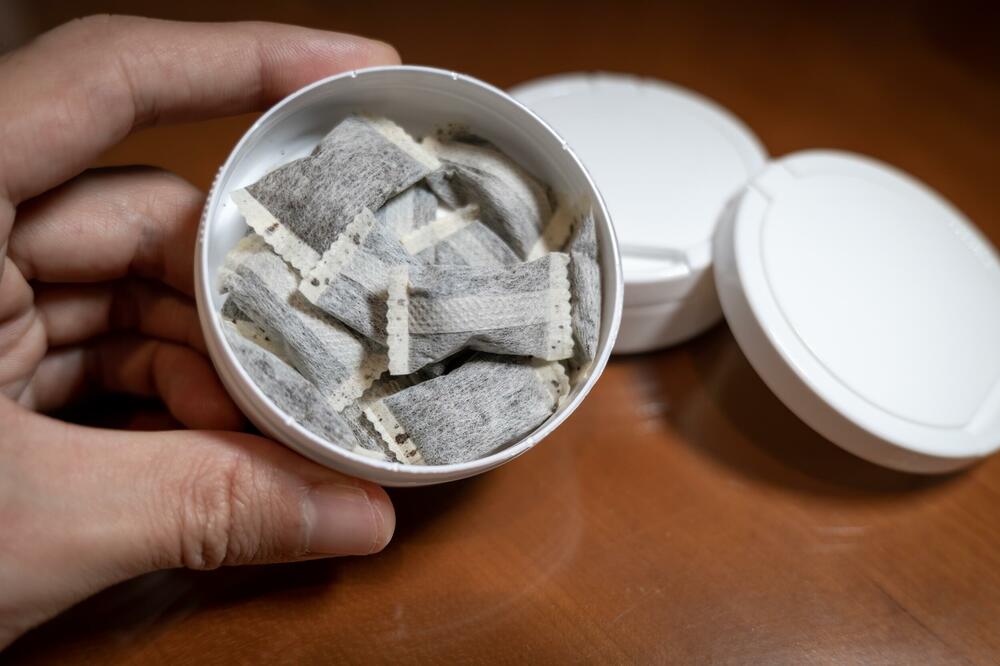Top Myths About Tobacco-Free Snus Alternatives

Modern choices for people wishing to cut down or stop conventional tobacco consumption, tobacco-free Snus alternatives have become very popular. Often promoted as “cleaner” than conventional goods, they are sold as smokeless and unobtrusive, appealing to an increasing audience. But, like with any developing movement, false information spreads fast. Misunderstandings and myths might distort public knowledge and maybe impede informed decision-making.
Myth 1: Tobacco-Free Means Risk-Free
Many individuals believe these tobacco-free goods are totally safe. Although smoke-free snus removes dangerous tobacco components including tar and several carcinogens, they nevertheless usually include nicotine, a drug. The health concerns connected to nicotine still hold for such things as faster heart rate, higher blood pressure, and possibility of addiction. Though they could be “less harmful,” they are not without danger.
Myth 2: It’s the Same as Quitting Nicotine
Many think converting to tobacco-free snus is equivalent to giving up nicotine completely. That is not true. Quitting calls for progressively cutting and then eliminating nicotine consumption; most of these substitutes still provide nicotine, occasionally in controlled or lower levels. Though not a one-step fix, these items can help with a quitting process.
Myth 3: Only Smokers Use Snus Alternatives
A common misconception is that snus substitutes are only used by those attempting to stop smoking. Actually, some users are non-smokers drawn to the tastes, the subtle use, or the social component. This is especially worrisome since it could bring nicotine usage to those who never before smoked tobacco, particularly young users.
Myth 4: They Are Not Regulated
Another frequent misunderstanding is that snus products free of tobacco are uncontrolled. Although different nations have different laws, several countries are increasingly implementing rigorous policies on product labeling, nicotine level, and marketing. The FDA controls all nicotine products, including synthetic ones, for instance in the United States.
Myth 5: They’re the Same as Chewing Gum or Candy
Many of these substitutes come in mint or fruit tastes and seem like gum or candy, so consumers frequently undervalue their strength. Their function and health effect, however, are quite different. The resemblance in packaging does not imply innocuousness. These items should be treated with the same care as any other nicotine delivery device.
Part of a fast changing market meant for harm reduction and smoking cessation, tobacco-free Snus substitutes are Although they can be helpful for certain people, myths and false information usually misrepresent their safety and use. Approaching these products with a critical eye and a clear awareness of both their advantages and their constraints is essential. Knowing the facts can help to promote better personal decisions and enable healthy living.






